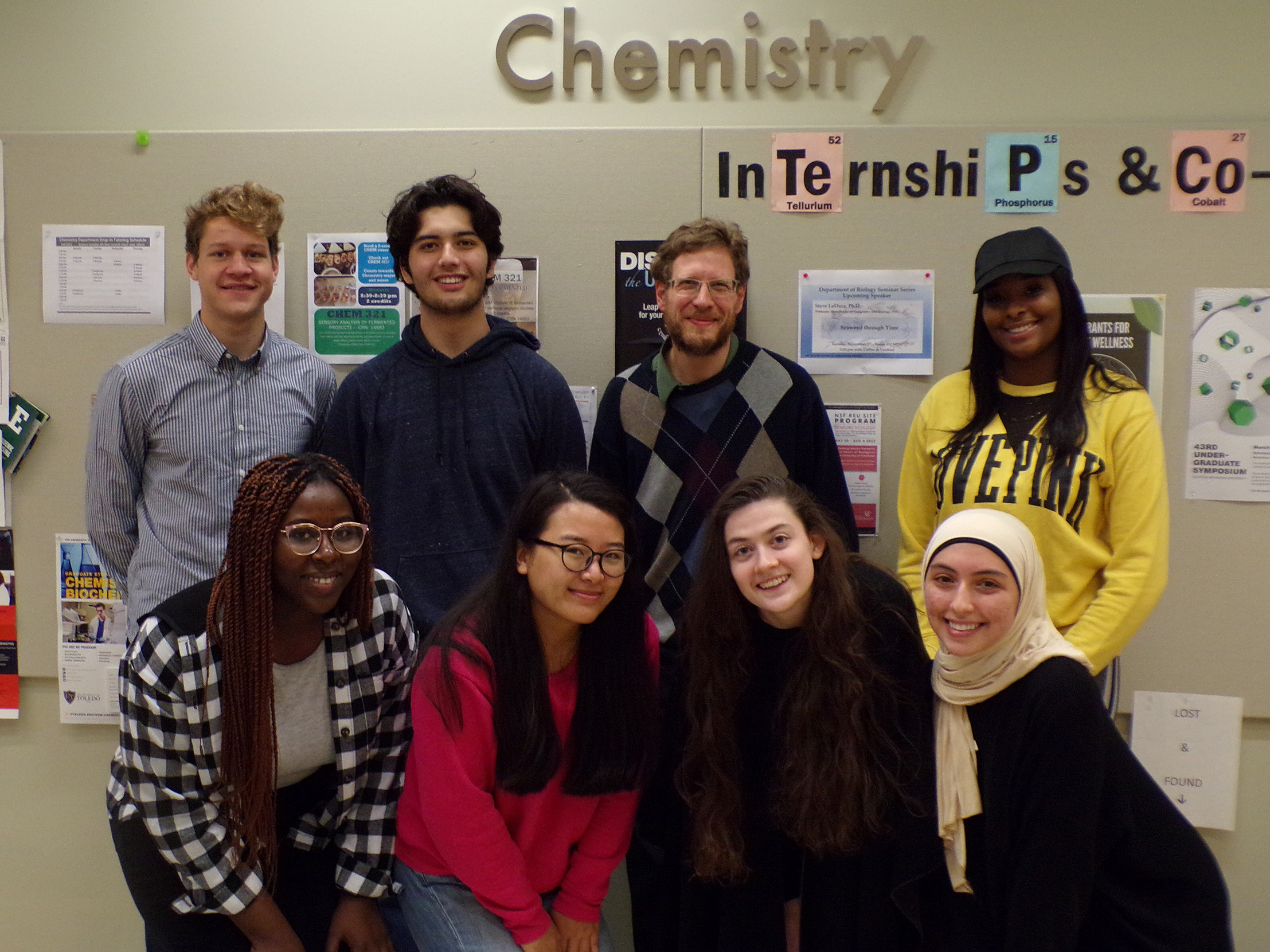Prof. Backues secures $415K grant from the National Science Foundation
 Steven Backues, an associate professor in the chemistry department, is the principal investigator on a $414,390 grant from the National Science Foundation entitled "RUI: Tools and Approaches for Investigating the Basic Mechanisms of Autophagy" This grant has the dual purpose of enhancing undergraduate education in the department and advancing humanity’s fundamental understanding of the medically relevant process of autophagy.
Steven Backues, an associate professor in the chemistry department, is the principal investigator on a $414,390 grant from the National Science Foundation entitled "RUI: Tools and Approaches for Investigating the Basic Mechanisms of Autophagy" This grant has the dual purpose of enhancing undergraduate education in the department and advancing humanity’s fundamental understanding of the medically relevant process of autophagy.
This grant will enhance undergraduate education in the department by helping support mentored undergraduate and master’s level research as well as continuing to bring this research into the undergraduate biochemistry lab in the form of a “Course Associated Undergraduate Research Experience (CURE).” Studies have shown that the most effective way for students to learn science is by participating in authentic scientific research, and these efforts are in line with innovations undertaken by other professors in the department.
The specific subject of the research that this grant will support is autophagy – a process of cellular “self-eating” that helps cells survive starvation as well as getting rid of damaged or malfunctioning subcellular components that would otherwise be toxic to the cell. In humans, autophagy is part of our defense against infectious pathogens and cancer, and also helps to prevent neurodegenerative diseases like Alzheimer’s and Parkinson’s. Autophagy is carried out by a suite of 30+ “Atg” proteins that create the autophagosome: a double-membrane vesicle that surrounds cargo in the cytoplasm (the body of the cell) and then delivers it to the vacuole/lysosome (the stomach of the cell) where it is broken down and the nutrients are recycled. The Backues lab seeks to understand how this process works by studying the functions of key Atg proteins in baker’s yeast, an easy-to-work with model system that has most of the same autophagy proteins as humans. This NSF grant funds three related projects: 1) Identifying how Atg11 interacts with Atg9 to start the process of autophagosome formation, 2) Determining whether the enzymes Atg10 and Atg3 control autophagosome size or autophagosome number, and 3) Developing a more realistic computer simulation of autophagic bodies in the vacuole to allow improved measurements of autophagosome size and number from electron microscopy images.

